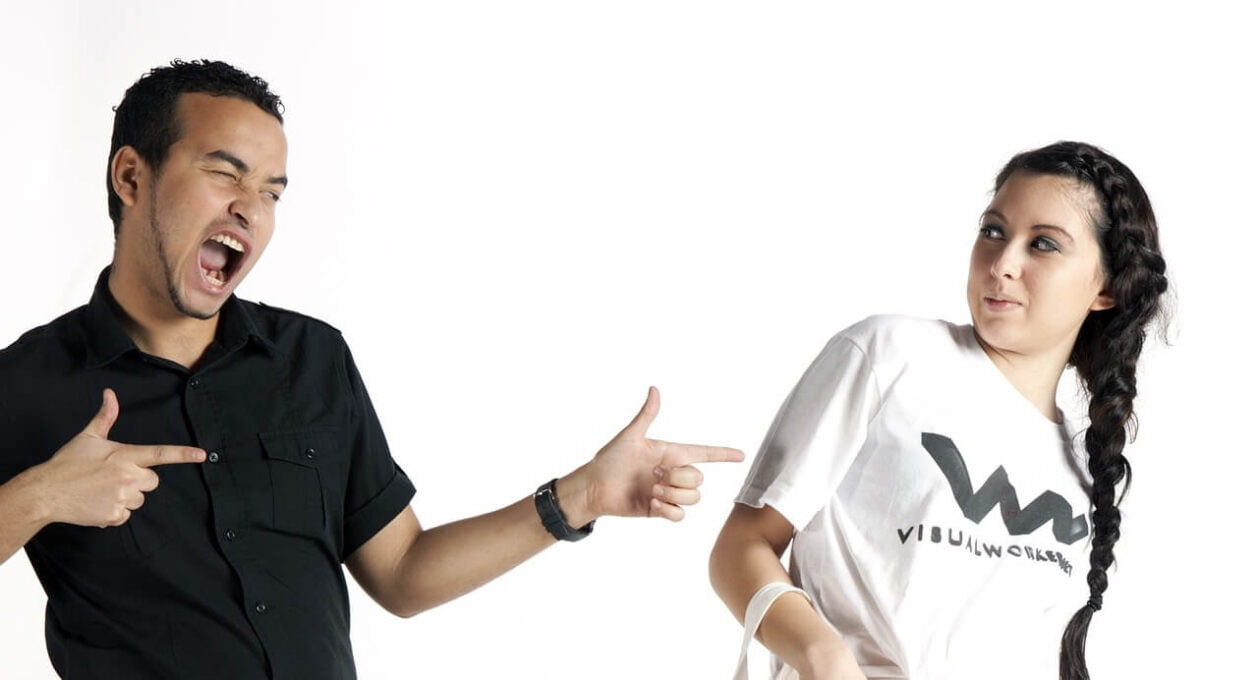Describe a piece of clothing you wear most often IELTS CUE CARD
IELTS CUE CARD
Describe a piece of clothing you wear most often
You should say:
- What it is like
- When and where you got it?
- How often you wear it
- And explain why you enjoy wearing it
Sample Answer-1

Describe a piece of clothing you wear most often IELTS CUE CARD
Introduction:
Clothing is not merely a fabric draped on the body; it is an expression of one’s identity, comfort, and style. In this discourse, I’ll unravel the story of a cherished piece of clothing that graces my days, providing comfort, memories, and a touch of personal flair.
What it is like:
The focal piece of my wardrobe is a simple yet cozy denim jacket. It’s a timeless classic, adorned with a few patches and subtle frays, adding character and a dash of my personality to its appearance.
When and where you got it:
This jacket became mine during a casual shopping spree with friends about two years ago. We stumbled upon a quaint thrift store in the heart of the city, where this gem beckoned me. The decision to make it mine was instantaneous.
How often you wear it:
This denim companion is not just a seasonal affair; it is a year-round constant. Whether it’s the slight chill of winter evenings, the unpredictable monsoons, or the breezy summer nights, my denim jacket effortlessly adapts, making it a versatile and beloved choice.
And explain why you enjoy wearing it:
Beyond its utilitarian warmth, wearing this jacket is like enveloping myself in a cozy hug of nostalgia and camaraderie. Each fray tells a story, and every patch is a memory. It’s not just an outfit; it’s a wearable scrapbook of adventures and shared laughter.
a piece of clothing you wear most often
Sample Answer-2

Describe a piece of clothing you wear most often IELTS CUE CARD
Introduction:
In the tapestry of personal style, there exists a garment that transcends mere fabric, becoming an extension of self-expression and comfort. Let me unfold the narrative of a favored piece from my wardrobe, a T-shirt that embodies simplicity yet holds a wealth of memories and familiarity.
What it is like:
The linchpin of my daily attire is a plain, cotton T-shirt in a calming shade of blue. Unpretentious yet versatile, it serves as a canvas for the nuances of my day, adapting effortlessly to various settings and activities.
When and where you got it:
Acquiring this beloved T-shirt was serendipitous; it found its way into my wardrobe during a spontaneous shopping excursion with friends about a year ago. Nestled amid a myriad of choices, its unassuming charm drew me in, marking the inception of a lasting companionship.
How often you wear it:
The frequency of our rendezvous is notable; this T-shirt is not confined to special occasions but accompanies me through the ebb and flow of daily life. Whether it’s a casual day at college, a relaxed evening with friends, or even a brisk workout, its versatility makes it a perennial choice.
And explain why you enjoy wearing it:
Beyond its tactile comfort, the joy lies in the amalgamation of memories it encapsulates. Each wear bears witness to shared laughter, moments of introspection, and the cadence of everyday life. It’s not just a garment; it’s a wearable journal, narrating tales of my journey.
a piece of clothing you wear most often
Follow-up Questions:
1.What is the difference between the dressing style of young people and that of older people?
Young people often embrace trends, experimenting with eclectic styles and vibrant colors. In contrast, older individuals may prefer classic, timeless fashion that exudes elegance and sophistication.
2.Do people living in the northern part of your country wear different clothes compared to those living in the south?
Yes, there are regional variations in clothing. People in the north might opt for warmer attire due to colder climates, while those in the south prefer lighter fabrics to combat the heat.
3.What kind of clothes do people wear after work?
After work, comfort takes precedence. People often transition into casual wear like jeans, T-shirts, or traditional ethnic attire, depending on personal preferences and social engagements.
4.What kind of clothes should people wear at work?
Workplace attire varies across professions. While formal office settings may require business attire, others permit smart casual or casual wear. It’s essential to adhere to the organization’s dress code.
5.Do you think students need to wear school uniforms?
School uniforms instill a sense of discipline and equality among students. While it may limit individual expression, it fosters a cohesive environment and eliminates socio-economic distinctions based on clothing.
6.Where do Indian people buy clothes?
Indian consumers buy clothes from a myriad of sources, including local markets, branded stores, online platforms, and traditional boutiques.
7.When do people in your country wear traditional clothes?
Traditional attire is typically worn during festivals, weddings, cultural events, or religious ceremonies. It reflects a sense of identity and is chosen to celebrate special occasions.
8.Does the climate affect what people wear?
Absolutely, the climate profoundly influences clothing choices. In hotter regions, lightweight and breathable fabrics are preferred, while colder areas necessitate layered, warmer attire for comfort and protection.
a piece of clothing you wear most often
Tips for IELTS cue card:
a piece of clothing you wear most often

